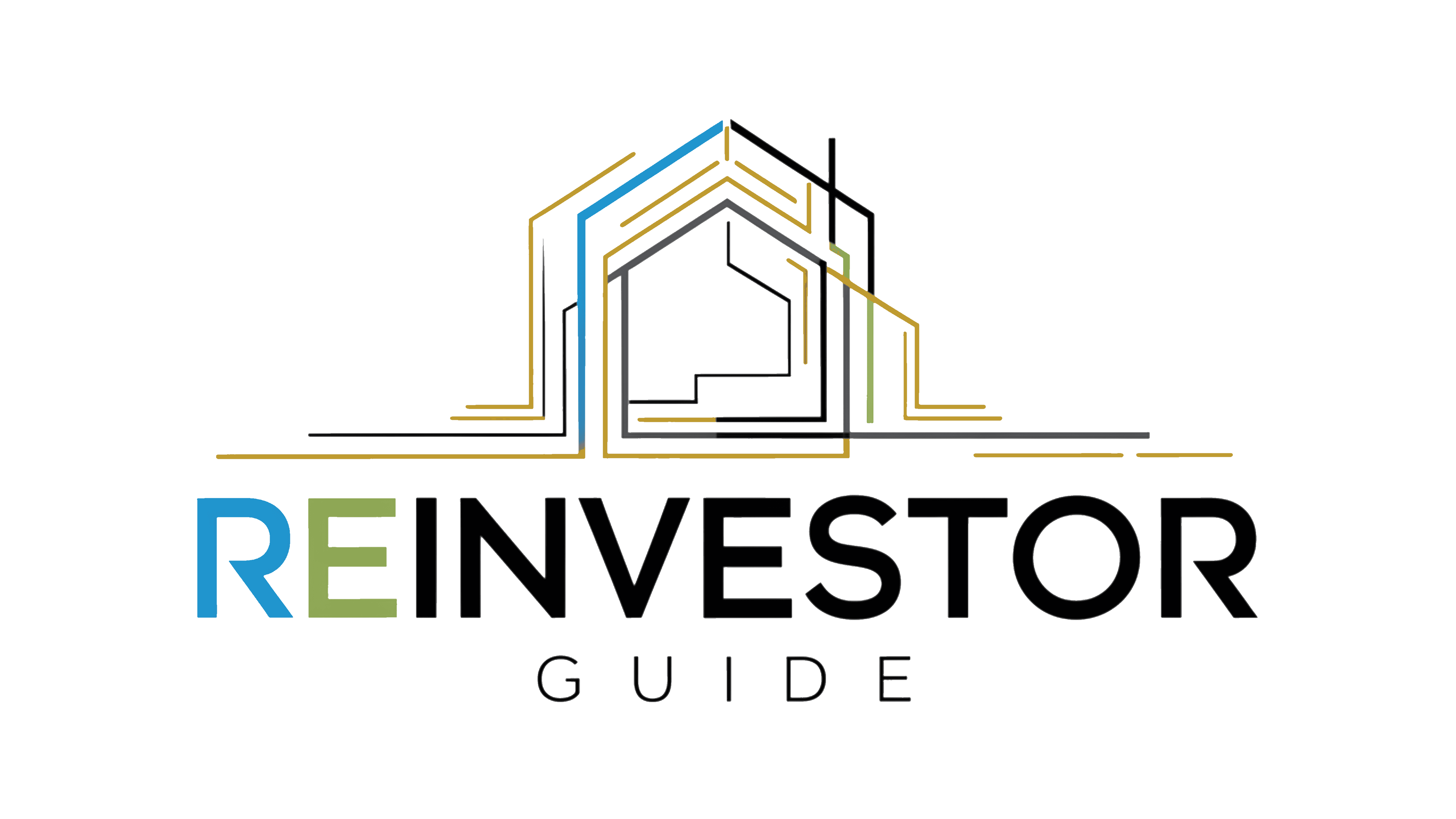Building real estate from the ground up isn’t just for developers with deep pockets. With the right strategy, financing, and deal structure, even small to mid-size investors can take on ground-up construction projects—and come out with major returns.
Whether you’re building a single-family rental, a small multifamily, or a vacation STR, success starts with a smart deal structure that covers land, capital, construction, and your exit.
This guide breaks down exactly how to structure a ground-up investment deal—from funding the land to final disposition—so you can reduce risk and increase your upside.
Why Ground-Up Construction?
Ground-up development gives you:
- Full control over the design and layout
- Potentially higher margins than rehabs
- New, low-maintenance buildings = higher rents & fewer repairs
- Ability to build where inventory is limited or overpriced
- A scalable strategy when existing deals are scarce
The catch? It requires precise planning and disciplined structure—especially if you’re using leverage or investor capital.
Key Components of a Ground-Up Investment Deal
✅ 1. Land Acquisition
This is your foundation—literally. Your land cost affects everything downstream.
- Target price: 10–20% of ARV
- Perform due diligence: zoning, utilities, setbacks, soil
- Use an LOI or purchase agreement with a feasibility period
- Consider land seller financing to reduce upfront capital
✅ 2. Capital Stack
How will the deal be funded?
| Layer | Typical Sources |
| Debt | Construction loan, private lender, hard money |
| Equity | Your cash, partners, syndication investors |
| Gap Funding | Mezzanine loans, preferred equity, bridge loans |
Smart investors layer their capital to maximize leverage and protect their own contributions.
✅ 3. Entity Structure
You’ll typically use a single-purpose LLC for liability protection and capital management.
- Set up an operating agreement outlining:
- Capital contributions
- Decision-making roles
- Profit splits (e.g., 70/30 or 80/20)
- Exit strategy and preferred returns
- Capital contributions
If using partners, clearly define who brings the money, the credit, and the sweat equity.
✅ 4. Construction Budget and Timeline
Use a line-item budget and tie it to a draw schedule with your lender.
- Include contingency (10–15%)
- Account for soft costs (permits, engineering, fees)
- Work only with licensed, insured GCs
- Time equals money: every delay = lost ROI
Pro Tip:
Vet your contractor’s track record with investor-friendly builds—especially for rental-grade or STR-quality finishes.
✅ 5. Financing the Project
Most ground-up deals are funded with construction loans, which are interest-only and released in draws.
| Financing Type | Use Case |
| Construction-to-perm | Long-term rental builds |
| Bridge/hard money | Short-term spec builds or flips |
| Private capital | Fast closings or flexible underwriting |
| DSCR refi | Long-term rental exit after construction |
Make sure you have a defined exit strategy before closing on the land or loan.
Exit Strategy Options
Your deal structure should always be reverse-engineered from your exit:
🔄 Refinance and Rent (BRRRR Build)
- Ideal for single-family rentals or small multifamily
- Use a DSCR loan post-build to hold long-term
- Build equity while locking in cash flow
💰 Sell at Completion (Spec Build)
- Works well in hot markets
- Maximize profit upfront, avoid management
- Watch for comps and seasonal trends before listing
🤝 Joint Venture Buyout
- Partner buys you out post-construction
- Clean exit for capital investors or builders
Real-World Deal Structure Example
Project: Build a 3-bed, 2-bath SFR in a suburban infill lot
- Land cost: $40,000
- Build cost: $260,000
- ARV: $430,000
- Financing: 85% construction loan ($255K), $45K equity
- Structure: 80/20 split with investor putting up cash
- Timeline: 8 months build + 2 months refi
- Exit: DSCR refinance at 75% LTV = $322,500
- Outcome: Investor repaid, partner cashes out $60K+, holds for rent
Tips for Structuring a Ground-Up Deal
- Start with the end in mind: Know your exit before you break ground
- Pad your numbers: Assume 10% over budget and 2–3 month delays
- Use an LLC and formal agreement—no handshake deals
- Line up financing and contractors before you close
- Use third-party inspections for draw releases and accountability
Final Thoughts
Ground-up real estate investing can feel complex—but when structured properly, it’s one of the most powerful ways to build equity, generate cash flow, and create long-term wealth.
It all comes down to:
- The right land
- A smart capital stack
- A trustworthy team
- And a clearly defined exit strategy
If you want full control over your next deal—and the profits that come with it—learning to structure ground-up projects is a skill worth mastering.
Our advise is based on experience in the mortgage industry and we are dedicated to helping you achieve your goal of owning a home. We may receive compensation from partner banks when you view mortgage rates listed on our website.



